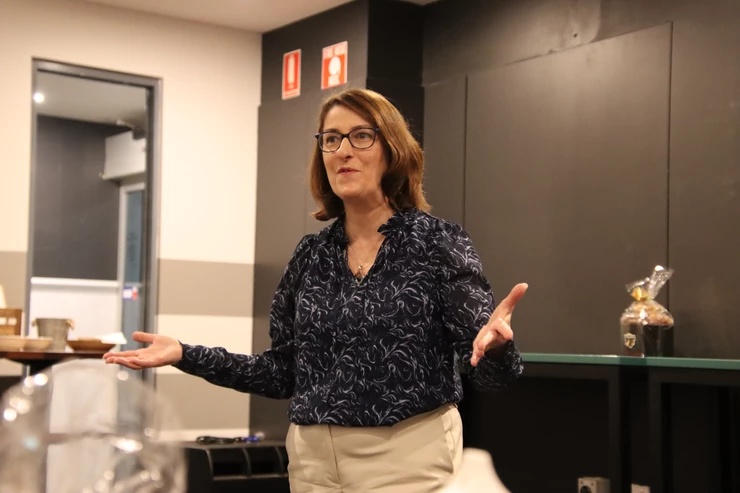Have you ever had to communicate to an audience outside of your field and watched a sea of confused faces?

You are not alone. No matter what industry you are in, it is likely to be riddled with jargon and acronyms. It is often assumed audiences outside our field will be familiar with and understand in-house language. The risk is that your message can be lost and you won't be heard.
This is especially common in industries such as engineering, science, information technology, finance, education, the medical industry or trades. It is also common across departments within larger organisations.
Let me show you how to communicate technical content with four simple tips
1. Ask questions to test your assumptions about what your audience knows
When sharing information in a presentation or in a meeting, it is helpful to ask questions both at the beginning, the middle and conclusion of your communication. If you don't do this, you may not realise when your audience turns off and potentially stops listening.
2. Explain ‘the how and why’
If you want others to be interested in your work, then they need to understand how it relates to them and why it should matter to them. For example, sharing research that has taken you years to complete usually means that you are completely invested in it. Even though the relevance of your topic is obvious to you, you need to spell it out if you want your audience to sit up and listen.
3. Be aware that jargon and acronyms need to be explained
Be aware that your field is full of jargon and acronyms that you use with your colleagues every day. It is easy to lose sight of what everyday language is to the broader population. Many people outside your field may never have heard of such terms. Start by breaking down your acronyms and this will help you to break down the rest of the terminology and concepts into smaller and easier to digest chunks.
4. Identify and communicate your message
Be prepared to cull any content that does not support your message. When planning a presentation or explanation of your work, determine the key message and takeaways that you want your audience to think when they have finished listening. Place your message on a sticky note at the top of your computer as a reminder and keep referring to it when preparing your content.
If you want support in preparing for your next presentation or you would like to book a workshop for your team on how to communicate technical content to audiences outside your field, sign up for a one on one coaching session or group workshop.
Link for one on one coaching
Link for group workshop options
Link to book a free chat with Kerry to determine your needs
